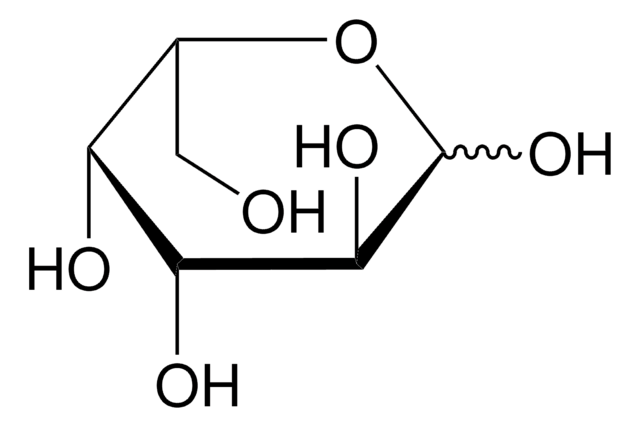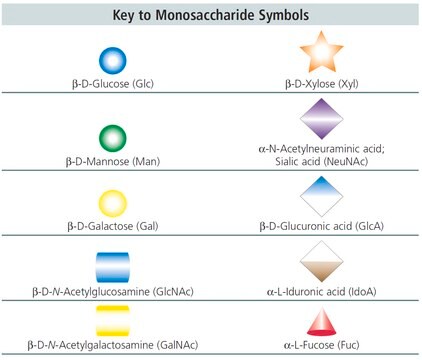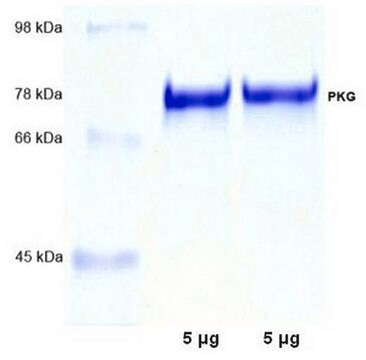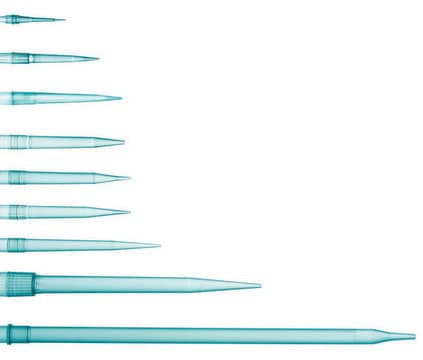539481-M
PKA, Catalytic Subunit, Mouse, Recombinant, E. coli
Sinonimo/i:
cAMP-Dependent Protein Kinase, Catalytic Subunit, Protein Kinase A, Catalytic Subunit
About This Item
Prodotti consigliati
Stato
liquid
Livello qualitativo
Attività specifica
≥2.5 x 106 U/mL
Produttore/marchio commerciale
Calbiochem®
Condizioni di stoccaggio
OK to freeze
avoid repeated freeze/thaw cycles
Attività estranea
Phosphatases, proteases, none detected
Temperatura di conservazione
−20°C
Descrizione generale
Attenzione
Definizione di unità
Stato fisico
Ricostituzione
Altre note
Lee, S-L. and Steinberg, R.A. 1996. J. Biol. Chem.271, 16553.
Adams, J.A., et al. 1995. Biochemistry 34, 2447.
Bosma, M.M., et al. 1993. J. Neurosci.13, 5242.
Brindle, P., et al. 1993. Nature364, 821.
Hajnoczky, G., et al. 1993. Biochem. J.293, 413.
Sculptoreanu, A., et al. 1993. Proc. Natl. Acad. Sci. USA90, 10135.
Wang, L-Y., et al. 1993. Science259, 1173.
Slice, L.W., and Taylor, S.S. 1989. J. Biol. Chem.264, 20940.
Uhler, M.D., et al. 1986. Proc. Natl. Acad. Sci. USA83, 1300.
Walsh, D.A., et al. 1968. J. Biol. Chem.243, 3763.
Note legali
Codice della classe di stoccaggio
12 - Non Combustible Liquids
Classe di pericolosità dell'acqua (WGK)
WGK 1
Punto d’infiammabilità (°F)
Not applicable
Punto d’infiammabilità (°C)
Not applicable
Certificati d'analisi (COA)
Cerca il Certificati d'analisi (COA) digitando il numero di lotto/batch corrispondente. I numeri di lotto o di batch sono stampati sull'etichetta dei prodotti dopo la parola ‘Lotto’ o ‘Batch’.
Possiedi già questo prodotto?
I documenti relativi ai prodotti acquistati recentemente sono disponibili nell’Archivio dei documenti.
Il team dei nostri ricercatori vanta grande esperienza in tutte le aree della ricerca quali Life Science, scienza dei materiali, sintesi chimica, cromatografia, discipline analitiche, ecc..
Contatta l'Assistenza Tecnica.







